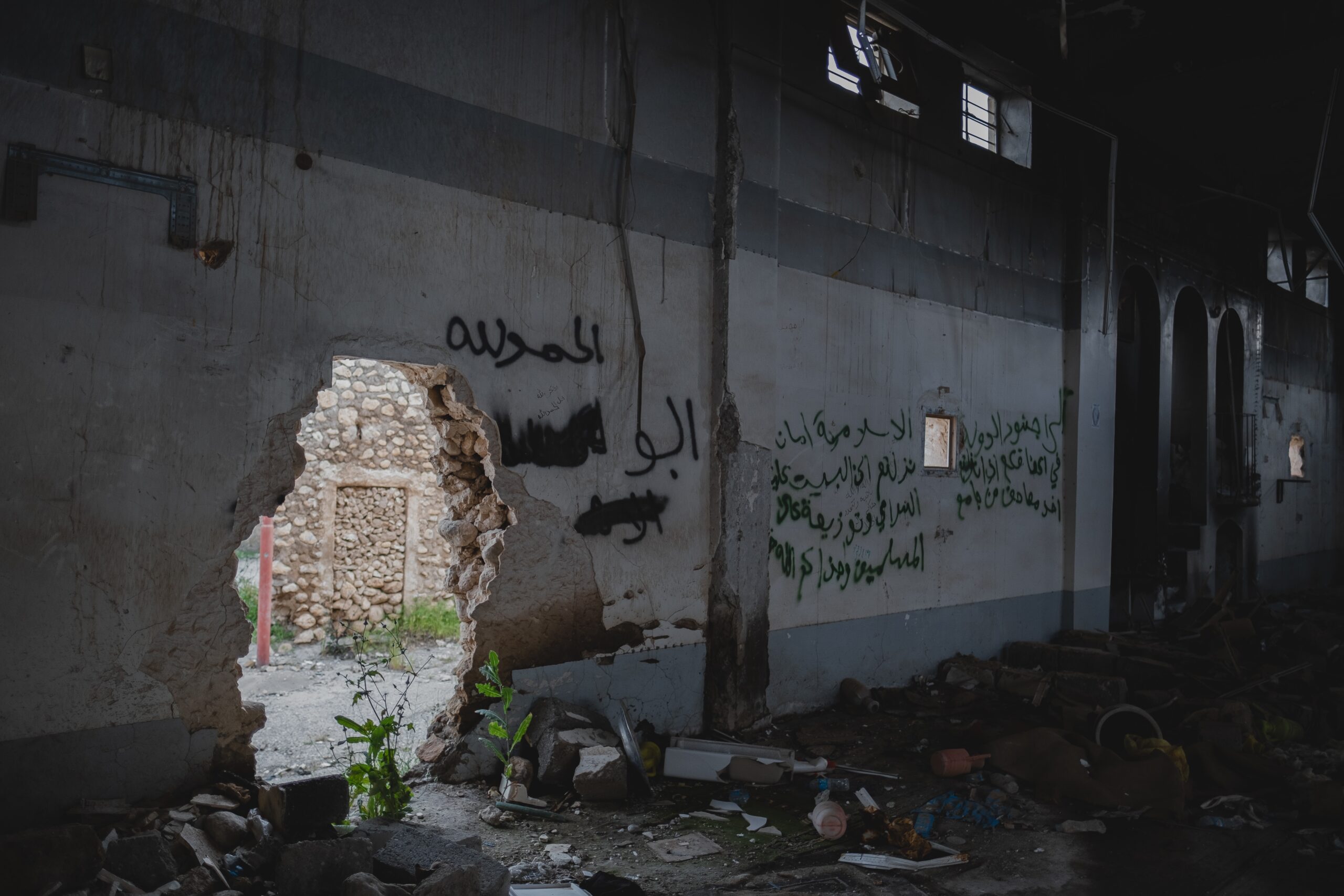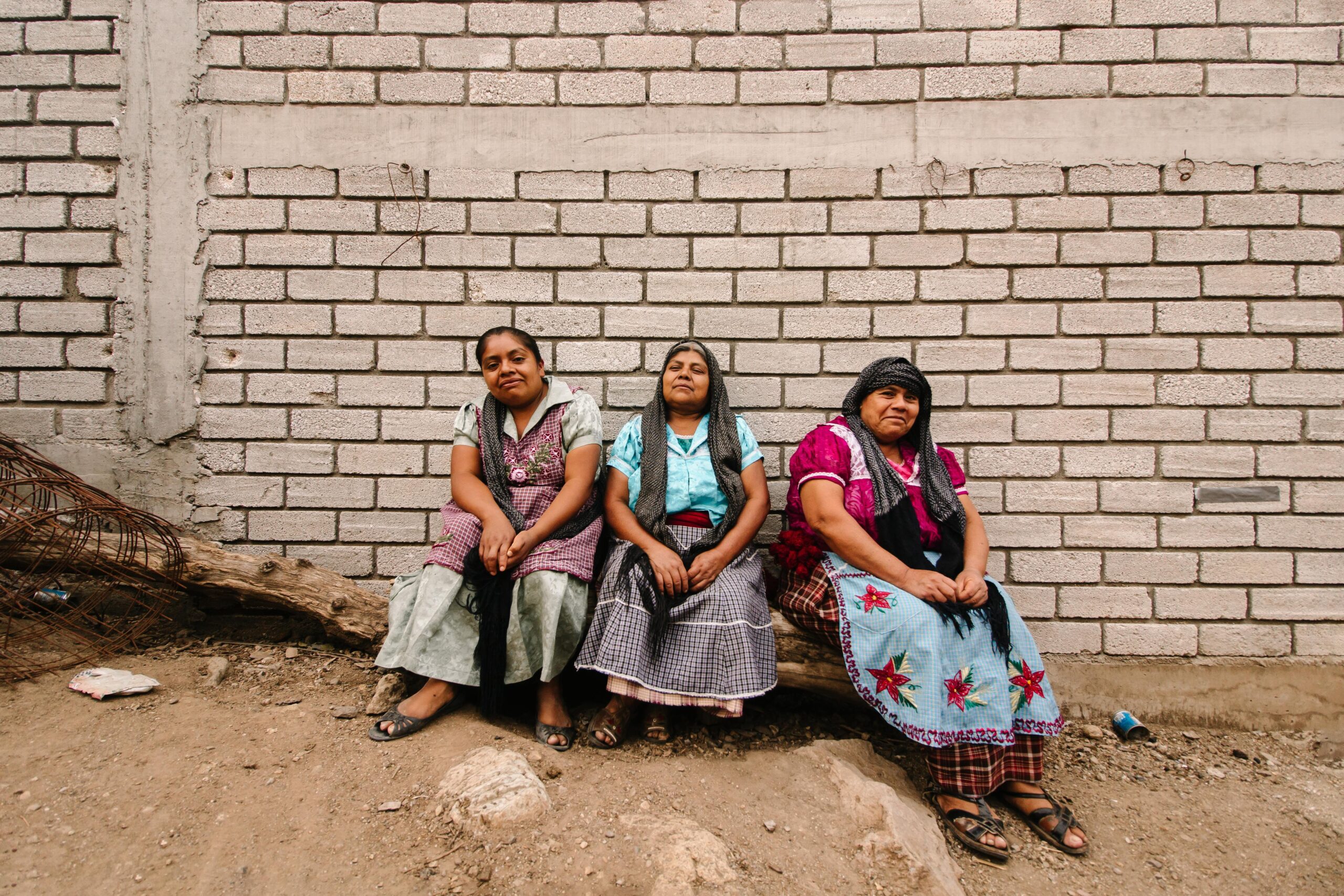Fatin al-Mandlawi , a former female combatant of ISIS, known as Umm Fidah, has taken on a new persona as a self-proclaimed TikTok “Witch.” During its peak from 2014 to 2017, ISIS, also known as the Islamic State, held significant territorial control in Iraq and Syria, including major cities like Mosul and Raqqa. Drawing in tens of thousands of individuals, predominantly from Western countries, the allure of the so-called caliphate was strong. However, as the caliphate crumbled, many Westerners who had joined ISIS faced the choice of returning to their home countries or facing prosecution in Syria or Iraq.
The story of Fatin gained attention in Sweden in 2014, two years after she departed for Syria. The dissemination of unsettling photographs depicting her posing alongside Kalashnikovs and victims of beheadings shocked the nation. The question arises: What motivates an individual to abandon their previous life and join a terrorist organization as ruthless as the Islamic State?
During Fatin’s association with the Islamic State, she reportedly made advancements within the organization and became a member of the al-Khansaa brigade. The al-Khansaa brigade was a female combatant unit known for its brutal actions, particularly against other women. This brigade played a significant role within the Islamic State’s structure, carrying out various tasks and enforcing the group’s strict interpretation of Sharia law.
“They (al-Khansaa) took me to their headquarters in the city, escorted me to the torture room, and then they gave me a choice either be whipped or the biter (…) I didn’t know what the biter is, I thought it was a lighter sentence, in fact I was afraid of whipping, so I decided to choose the biter, then they came with a sharp tool that had many teeth and grabbed me, placed it on my breasts and pressed firmly, I screamed in pain and was severely injured..”
The al-Khansaa brigade was primarily responsible for enforcing dress codes and moral policing among women living under the Islamic State’s control. They would patrol public spaces, ensuring that women adhered to the prescribed dress regulations and punishing those who violated them. This included acts such as public floggings or even more severe forms of punishment. Additionally, the brigade played a role in recruitment efforts, targeting vulnerable women and girls to join their ranks or become brides for ISIS fighters. They would actively engage in propaganda and social media campaigns to attract individuals sympathetic to their cause.
Victim or perpetrator?
It is important to recognize that women can both be victims and perpetrators of violence in times of war. Fatin’s difficult childhood, marked by abuse from her father, adds another layer of complexity to her story. Growing up as a first-generation immigrant already presents challenges, but enduring abuse from a parent further worsens the situation. Such abuse can have a profound and lasting impact on an individual, shaping their perspectives and choices in life.
While this acknowledgment does not excuse any potential horrific actions committed by Fatin in Syria, it highlights the multifaceted nature of her circumstances. To fully comprehend the factors contributing to her involvement with ISIS, we must avoid a simplistic victim-perpetrator binary. Instead, we should consider how her experiences as a victim of childhood abuse might have influenced her decision to join the terrorist organization.
In addition to Fatin’s experience of an abusive childhood, she has spent a significant portion of her life residing in a neighborhood characterized by segregation, criminal activities, and gang violence. This particular circumstance is often observed among Swedish IS fighters. A comprehensive study conducted by The Swedish Association of Local Authorities and Regions sheds light on the impact of growing up in neighborhoods with higher crime rates and lower socioeconomic conditions. The findings of the study indicate that children raised in such environments are more likely to face adverse consequences that can persist throughout their lives. These consequences may manifest in various aspects of their personal and social development, potentially influencing their future trajectories. As such, understanding the complexities underlying her actions allows for a more nuanced analysis of her experiences.
Motivated by ideology or lust?
In March 2023, Fatin was charged with war crimes, specifically for her involvement in sharing photographs of ISIS victims while residing in Syria. These photographs, known to be disturbing and unsettling, contributed to the evidence against her. Nevertheless, the charges sparked a debate if her motives were ideology or simply lust, the lust of being with a male combatant.
The factors that have enticed women and girls to join the organization closely mirror those that have attracted men. Among these factors are feelings of alienation, experiences of inequality, a thirst for adventure, and the allure of a purportedly noble cause. It is crucial to note that, overall, there are no substantial discrepancies in the motivations of men and women, with the exception of a slight variation wherein women may join through engagement in a romantic relationship.
Gendered assumptions and motivations are not limited to the context of ISIS alone. They reflect broader societal dynamics where gendered expectations and stereotypes play a role. In many societies, women have historically been assigned certain roles and expectations, which can contribute to feelings of alienation and inequality. Similarly, the allure of adventure and the pursuit of a noble cause – in her case, religion – is not exclusive to any gender, but societal norms and expectations may shape how these motivations are expressed and perceived.
In the case of Fatin, her decision to join a militant group was independent and not influenced by engagement in a romantic relationship. It is imperative to challenge the prevailing notion that women exclusively join such groups through men, as this perpetuates the perception of women as dependent on men. While instances of women being coerced into joining militant groups in Syria and Iraq do exist, they do not encompass the entirety of the situation. Men who join these groups based on religious motivations are not fundamentally distinct from women who do the same.
To effectively address the issue of Westerners joining militant groups, it is necessary to confront and rectify our own societal biases and gendered norms. It is crucial to refrain from minimizing the significance of an individual’s actions based on their gender, just as one’s propensity for violence should not be predetermined by gender. In conclusion, a comprehensive approach to combating the phenomenon of individuals joining militant groups necessitates a nuanced understanding of the complex factors at play, including gender dynamics and societal biases. It is only by recognizing the presence of gendered assumptions in society, we can gain a better understanding of the factors that influence choices and actions.
Cover image by Levi Meir Clancy




